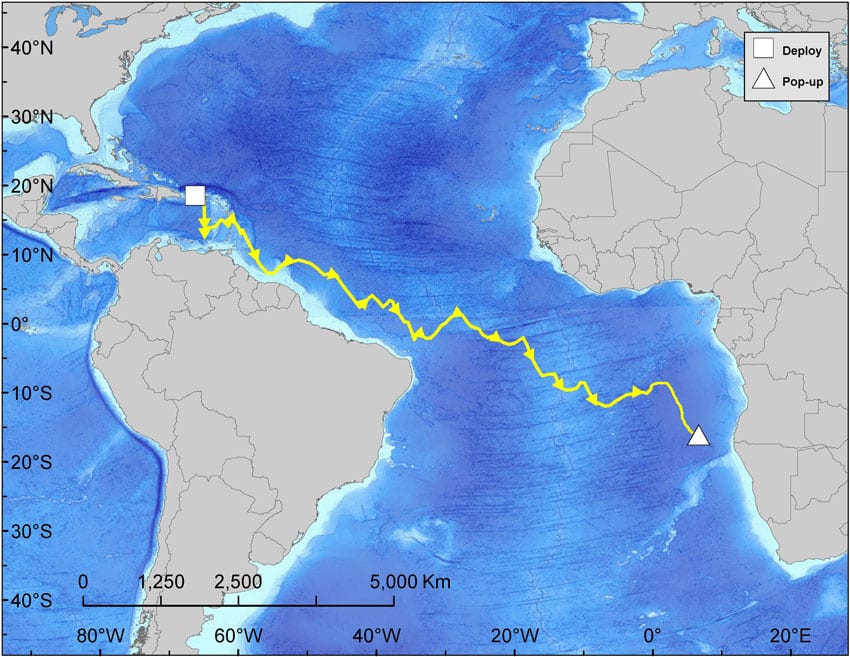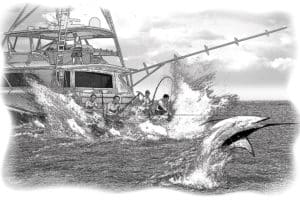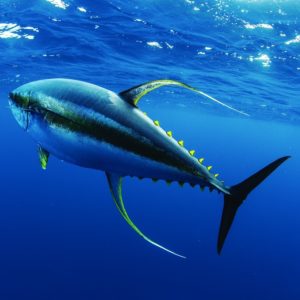
marlin race
…and this is why satellite tagging will play a critical role in the management of our highly migratory fish species:
During the inaugural IGFA Great Marlin Race (IGMR), six satellite tags were deployed at the Club Nautico de San Juan’s 58th Annual International Billfish Tournament (IBT) that was held in San Juan, Puerto Rico from September 5-11, 2011. On January 5, 2012 – exactly 120 days after it was deployed – Capt. Mike Benitez’s fish’s tag popped off and began transmitting information. Much to the astonishment of IGFA staff and researchers at Stanford University, Benitez’s fish had traveled southeast some 4,776 nautical miles from where it was tagged. It crossed the equator, its tag finally popping off near the coast of Angola, Africa.
This single tag track may very well represent the longest track ever recorded by an electronic tag placed in a marlin. And although each one of these satellite tags costs approximately $4,000, the amount of data we will retreive from this one tag is priceless.
Travelling more than eight times farther than any other fish tagged during the San Juan tournament, Benitez’s fish became the clear winner of the San Juan IBT race. Unfortunately, Mike never got to hear the news. A beloved captain in Puerto Rico and the first tournament recipient of the IGFA Chester H. Wolfe Outstanding Sportsmanship Award, Mike passed away in Boston just two days before his tag reported; he was 79 years old.
I am sure Mike would have wished that we all continue to pursue answers to the many questions surrounding marlin and other highly migratory fish. If you have an opportunity to get involved with game fish research programs, by all means, do it.
Anglers worldwide can view specifics on Mike’s fish and the other fish tagged during the IGFA Great Marlin Race via the interactive map at http://igmr.igfa.org.







